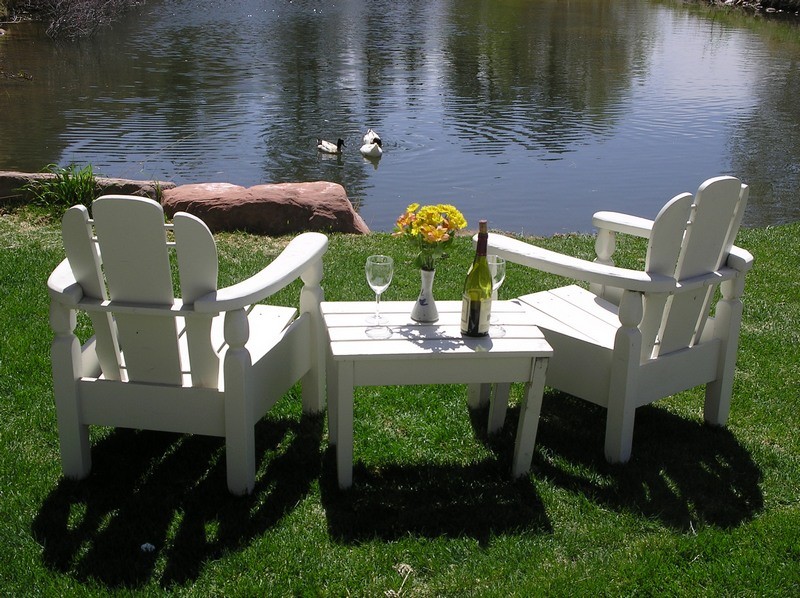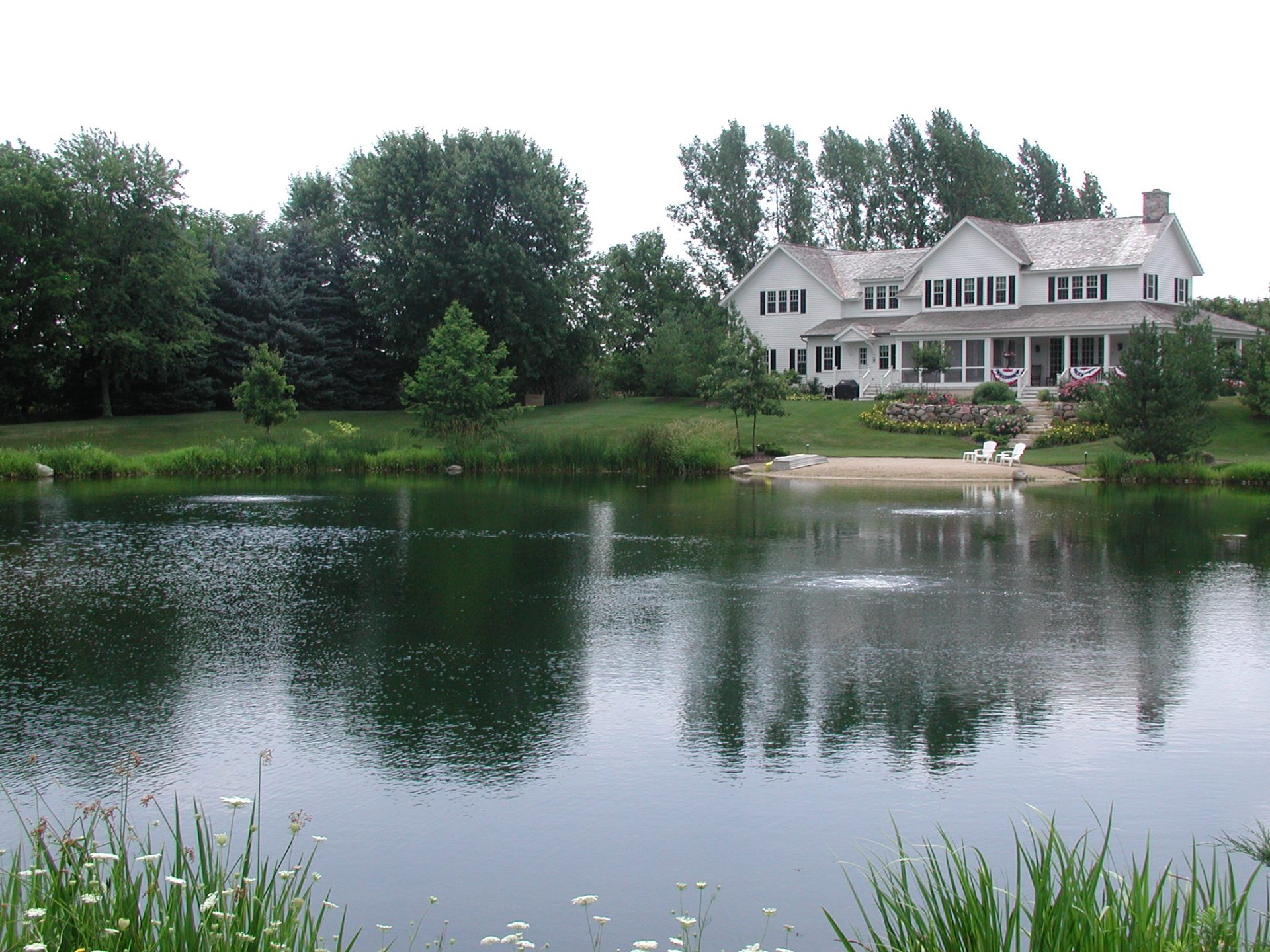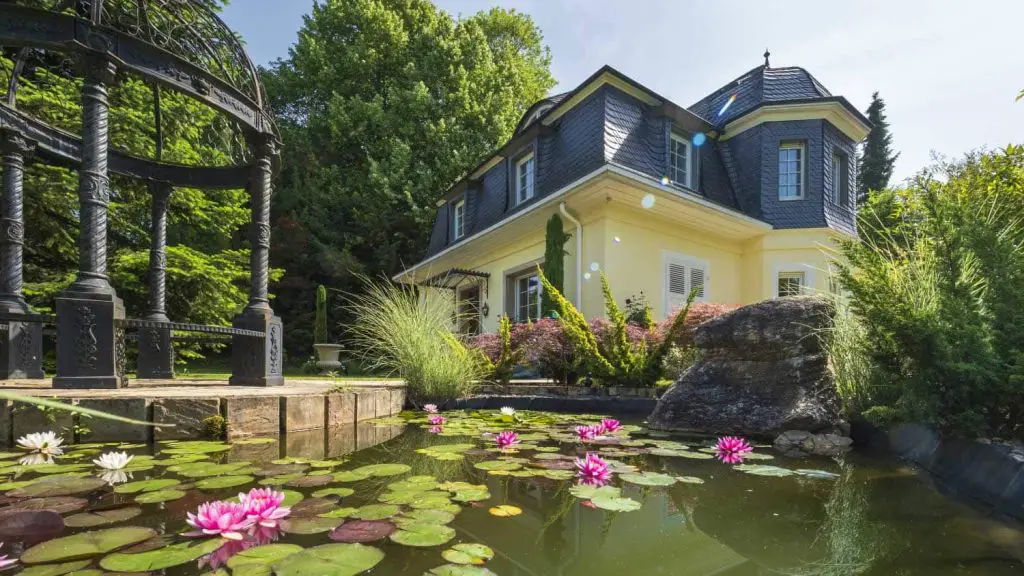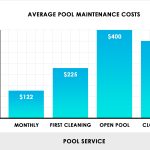Adding a pond to your property can be a beautiful and tranquil addition, bringing the calming presence of water and the opportunity to create a thriving ecosystem. However, before embarking on this endeavor, it’s important to consider the costs involved. The total cost of creating a pond can vary widely based on factors such as size, location, materials, and desired features. In this guide, we’ll explore the different elements that contribute to the cost of making a pond.
Factors Affecting the Cost of Making a Pond
How much does it cost make a ponds? Several key factors play a role in determining the overall cost of creating a pond. These include:
- Size of the pond
- Location and access to the site
- Design and features
- Materials and labor costs
- Maintenance and ongoing expenses
Each of these factors will be explored in detail to provide a comprehensive understanding of the costs involved in making a pond.
Size Of The Pond
The size of the pond is one of the most significant factors influencing the cost. Larger ponds require more excavation, liner material, and landscaping, which all contribute to higher expenses. Smaller ponds, while still requiring careful planning and construction, generally cost less due to their reduced scale.
Location And Access To The Site
The location of the pond within the property and the ease of access for construction equipment can impact the overall cost. Sites with difficult terrain or limited access may require additional labor and specialized equipment, leading to higher expenses. Conversely, easily accessible sites with flat terrain can result in lower construction costs.
Design And Features
The design and desired features of the pond also influence the total cost. Ponds can range from simple, naturalistic designs to more elaborate water features with waterfalls, fountains, and lighting. Each additional feature adds to the overall expense, as it requires specific materials and labor for installation.
Materials And Labor Costs
The materials used in constructing the pond, such as liners, rocks, gravel, and aquatic plants, contribute significantly to the total cost. Additionally, the cost of labor for excavation, installation, and landscaping must be factored into the overall budget. Utilizing high-quality materials and skilled labor can enhance the aesthetic and longevity of the pond but may also increase the initial investment.
Maintenance And Ongoing Expenses
It’s important to consider the long-term costs associated with maintaining a pond. This includes expenses for water treatments, electricity for pumps and filtration systems, and periodic maintenance to uphold the health and appearance of the pond ecosystem. Factoring in these ongoing expenses can provide a more accurate estimate of the total cost of owning a pond over time.
Cost Breakdown of Making a Pond
While the total cost of making a pond can vary widely, a general breakdown of expenses can be helpful in understanding the key components of the budget. The following is a sample cost breakdown based on average expenses:
| Expense Category | Percentage of Total Cost |
|---|---|
| Excavation and Site Preparation | 25% |
| Materials (liner, rocks, plants) | 40% |
| Labor Costs | 20% |
| Additional Features (waterfalls, lighting) | 10% |
| Maintenance and Ongoing Expenses | 5% |
This breakdown provides a rough estimate of how the total cost of making a pond is distributed across different categories. Keep in mind that these percentages can vary based on specific project requirements and regional differences in costs.

Credit: www.wisconsinlpr.com

Credit: www.wisconsinlpr.com
Cost Considerations for Different Types of Ponds
Depending on the type of pond you wish to create, the cost considerations can vary. Here are some common types of ponds and their specific cost considerations:
Naturalistic Pond
A naturalistic pond aims to mimic the appearance of a natural water feature, often with irregular shapes, native plants, and a focus on creating a wildlife habitat. Costs for this type of pond may be lower in terms of materials, as it prioritizes a more organic and unstructured design. However, labor costs for achieving a naturalistic look through careful landscaping and planting may be higher.
Koi Pond
How to build koi pond? A koi pond is specifically designed to house koi fish and typically requires a deeper, well-filtered environment. The cost for a koi pond can be higher due to the need for specialized filtration systems, high-quality liners, and additional features such as aeration and feeding stations. Additionally, the cost of koi fish should be factored into the overall budget.
Formal Water Feature
Formal water features, such as architectural fountains or geometric ponds, often involve precise construction and symmetrical designs. The cost for these features can be higher due to the need for custom shapes, high-quality finishes, and additional elements like statuary or decorative lighting.
Ways to Manage Pond Construction Costs
While creating a pond can involve significant expenses, there are several strategies to manage and control costs:
- Research and planning: Thorough research and planning can help you make informed decisions about the size, design, and features of the pond, potentially saving on unnecessary expenses.
- DIY vs. professional services: Assessing the feasibility of handling certain aspects of the construction yourself, such as landscaping or planting, can help reduce labor costs. However, specialized tasks like excavation and liner installation may be best left to professionals.
- Material selection: Choosing high-quality, durable materials can contribute to the longevity of the pond and reduce the need for early replacements or repairs, ultimately saving on long-term expenses.
- Comparing quotes: Obtaining multiple quotes from reputable pond construction professionals can provide a clearer understanding of the average costs in your area and help you make a more informed decision.
- Long-term savings: Investing in energy-efficient pumps and filtration systems can lead to reduced operating costs over time, making it important to consider the long-term savings associated with certain equipment choices.
Conclusion
Creating a pond can be a rewarding and aesthetically pleasing addition to your property, but it’s essential to carefully consider the costs involved. By understanding the various factors influencing the cost of making a pond, as well as specific cost considerations for different types of ponds, you can make informed decisions and effectively manage your budget. With thoughtful planning, research, and consideration of long-term expenses, you can bring your vision of a beautiful and tranquil pond to life while effectively managing the associated costs.
Remember, the cost of making a pond is an investment in the beauty, tranquility, and potential ecological benefits that a well-designed and maintained pond can provide for years to come.





